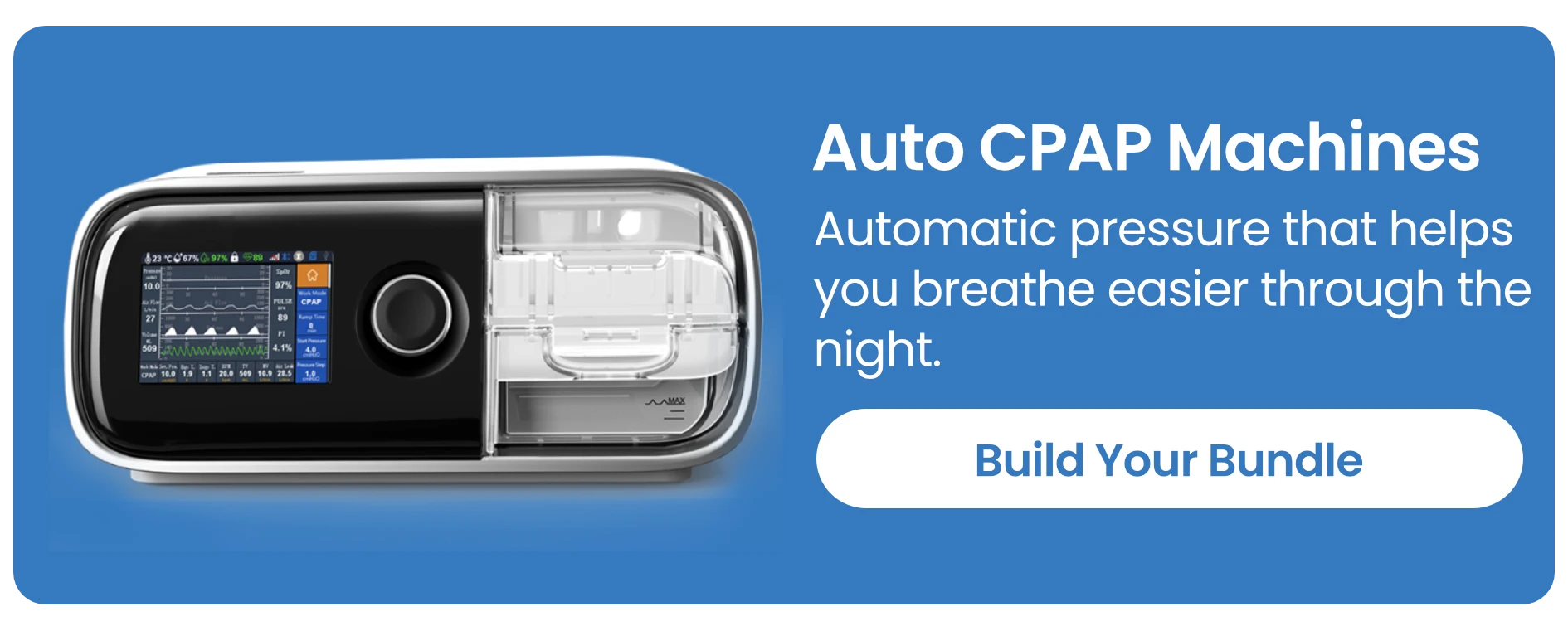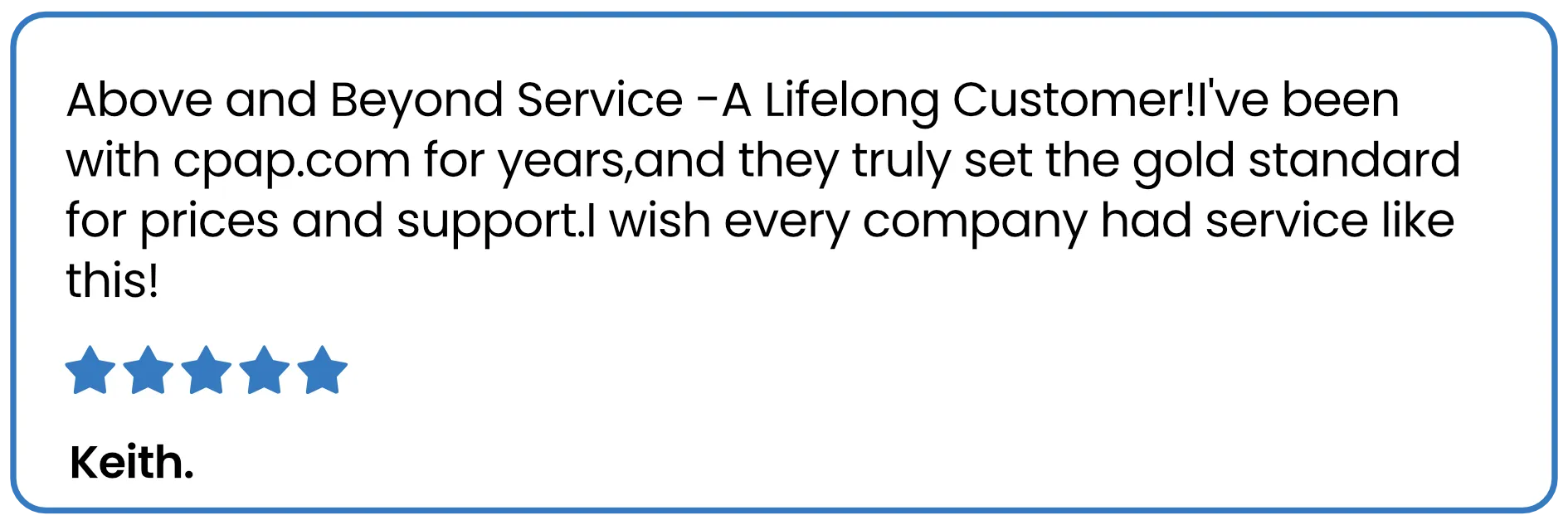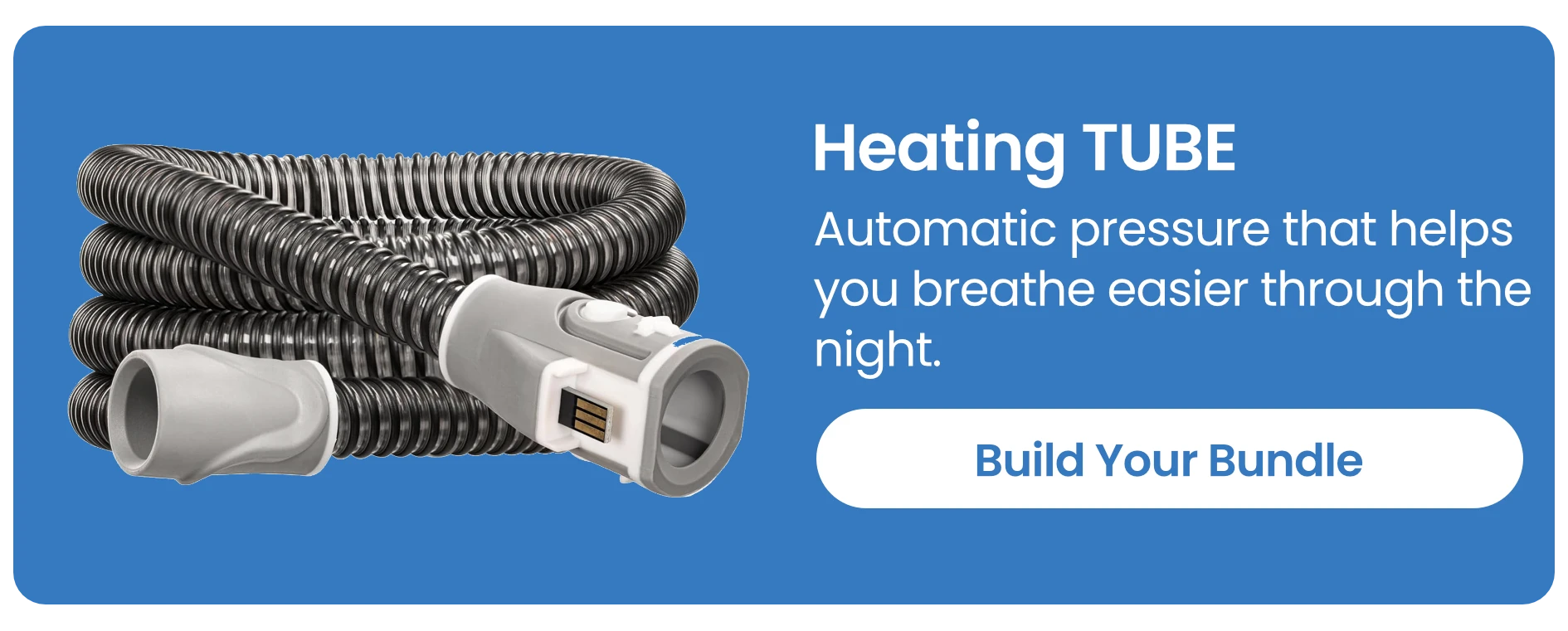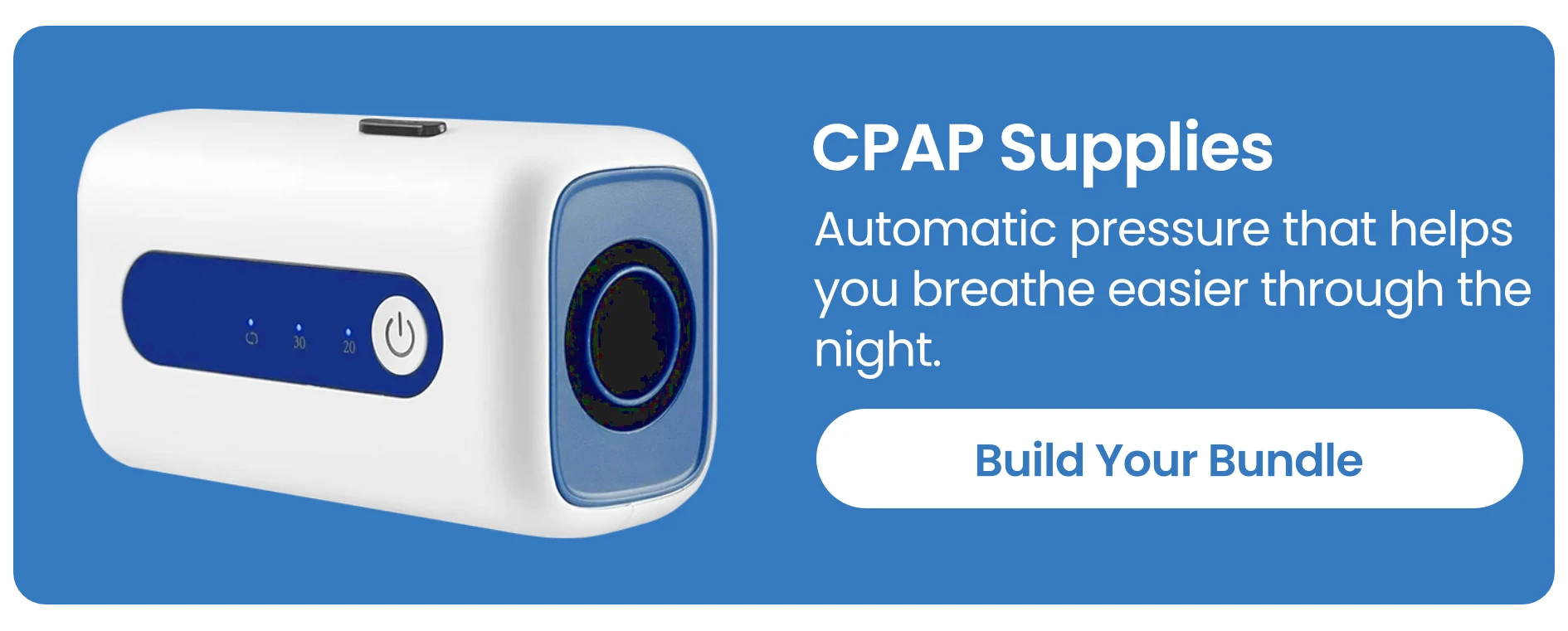10 Essential Tips for Using a CPAP Machine for Sleep: My Personal Guide to Better Rest
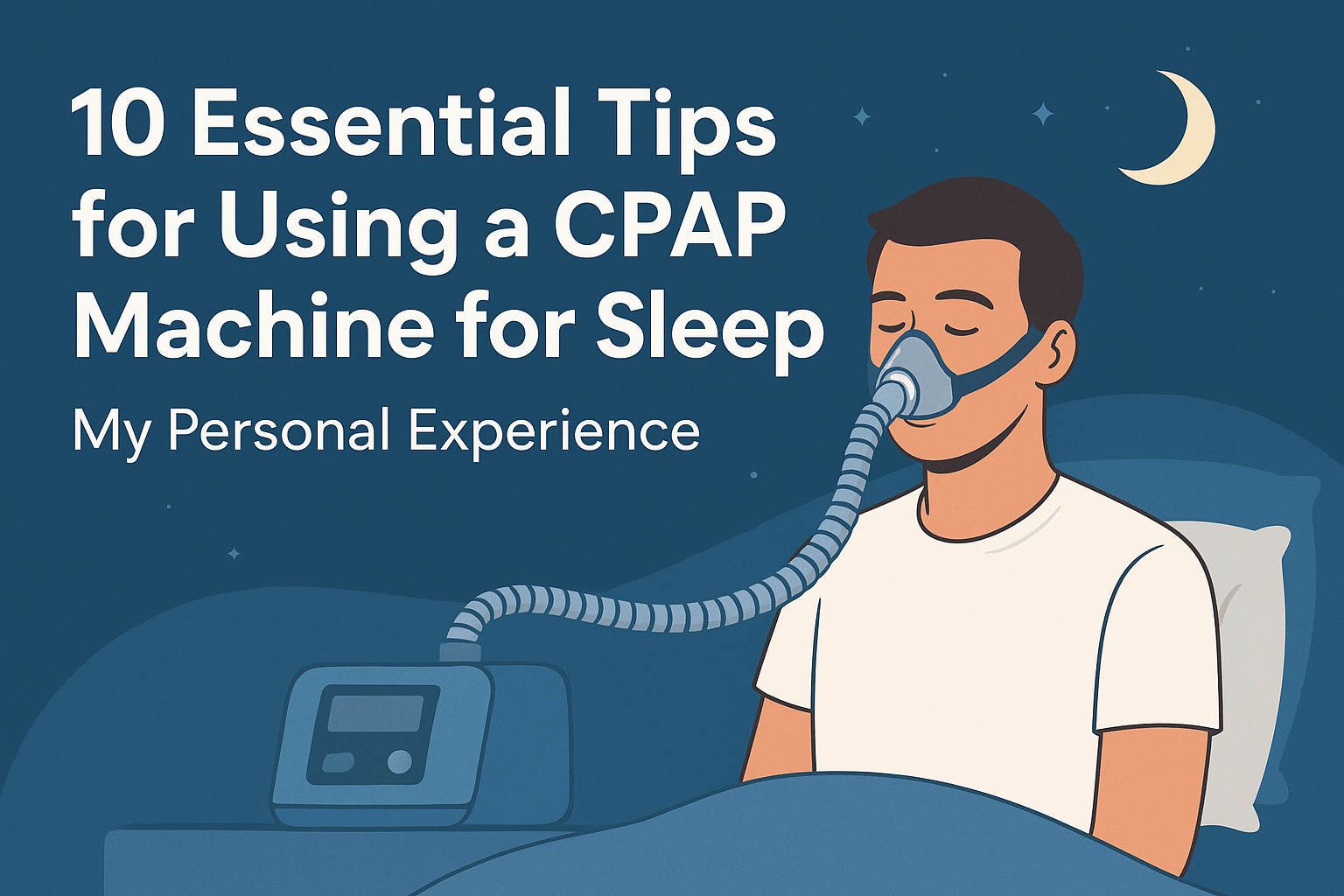
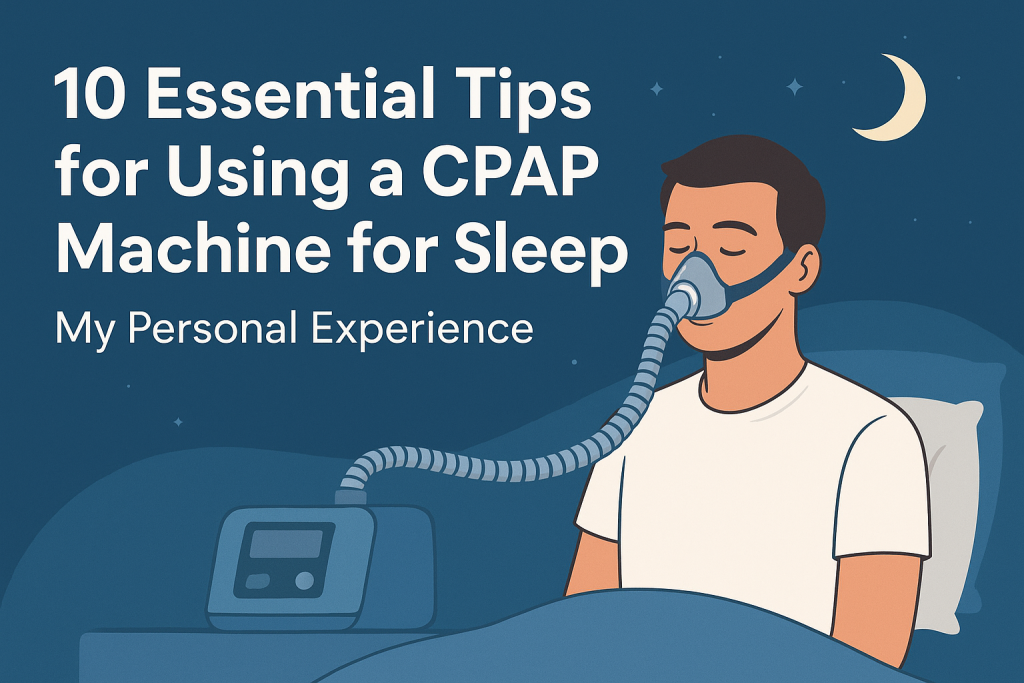
Sleep apnea isn’t something people like to talk about at parties, but if you’ve ever struggled with loud snoring, constant fatigue, or waking up gasping for air, you know just how disruptive it can be. For years, I struggled with poor sleep. My mornings were foggy, my energy was drained, and I honestly thought this was just “normal aging.”
Then my doctor suggested I try a CPAP machine for sleep. At first, I wasn’t thrilled. Sleeping with a mask on my face? Having a machine blowing air into my nose all night? It felt intimidating. But I decided to give it a shot—and honestly, it has been one of the best decisions I’ve ever made for my health.
That doesn’t mean the journey was smooth from day one. In fact, those first nights were full of frustration, awkwardness, and even a few tears. But slowly, through trial and error, I picked up tricks that made using the CPAP machine not only manageable, but life-changing.
Today, I want to share with you 10 practical tips that made all the difference for me. These aren’t just clinical instructions—they’re lessons from real-life experience, the kind of advice I wish someone had told me on my first night with a CPAP.
1. Take It Slow and Ease Into It
The first night with my CPAP machine was rough. I strapped on the mask, laid down, and within minutes I felt claustrophobic. I pulled it off in frustration.
Then I realized: I was treating the CPAP like a marathon on day one, when what I needed was baby steps.
So I started differently. I wore the mask for 10 minutes while reading on the couch. The next day, I tried it for 20 minutes during a nap. Gradually, I worked my way up to a full night’s sleep.
The trick is to let your brain and body adjust. It’s normal to feel awkward at first—the airflow is a new sensation. But just like breaking in a new pair of shoes, a little patience goes a long way.
2. Choose the Right Mask for Your Face
Here’s something I didn’t know before starting: CPAP therapy isn’t one-size-fits-all. The mask style you choose makes a world of difference.
- Full-face masks cover your nose and mouth. Great if you breathe through your mouth, but they can feel bulky.
- Nasal masks are smaller, just covering your nose. They feel lighter but can still feel tight.
- Nasal pillows sit under your nostrils, almost weightless. This was my lifesaver—it gave me the freedom to move around at night without feeling trapped.
My advice? Don’t give up just because the first mask feels uncomfortable. Try different options until you find the one that feels right. A properly fitting mask can turn CPAP from “tolerable” to “comfortable.”
3. Use the Humidifier to Prevent Dryness
The first week, I woke up every morning with a scratchy throat and dry nose. It felt like I had been breathing desert air all night. Then I discovered the built-in humidifier in my CPAP machine.
By adding water, the airflow becomes moist and soothing. No more dryness, no more irritation. Suddenly, breathing felt natural again.
Pro tip: always use distilled water, not tap water. This prevents mineral buildup and keeps your CPAP machine for sleep running smoothly. I keep a gallon of distilled water by my bedside, and it makes maintenance so much easier.
4. Skip Coffee and Alcohol Before Bed
One night, I made the mistake of drinking coffee at 6 pm. Even with my CPAP mask on, I tossed and turned until 2 am. Another night, I had a couple glasses of wine, thinking it would relax me. Instead, my snoring got worse and I woke up more groggy than ever.
Here’s what I learned: caffeine and alcohol can both interfere with CPAP effectiveness. Caffeine keeps your brain wired, and alcohol relaxes your airway muscles, making apnea worse.
Now, I switch to herbal tea in the evenings, take a warm shower, and slip into bed mask-ready. With the CPAP machine assisting me, sleep comes peacefully.
5. Clean Your Mask and Tubing Every Day
I’ll admit it—I was lazy at first. I skipped cleaning my CPAP parts, thinking, “How dirty could it be?” Within a week, my nose was irritated, and I worried about germs building up.
Now, I stick to a simple routine:
- Rinse the mask and tubing with warm, soapy water every morning.
- Let them air dry during the day.
- Once a week, I deep-clean the humidifier chamber.
It takes less than 10 minutes, but the reward is huge: fresh air, better hygiene, and peace of mind.
6. Adjust the Straps Until They’re “Just Right”
Too tight, and the mask digs into your skin, leaving red marks. Too loose, and air escapes with a loud hiss, keeping you awake.
I spent several nights fiddling with my straps until I realized the secret: put the mask on, then lie down in your usual sleeping position. That way, you adjust for how your face actually rests on the pillow.
It took a little trial and error, but once I found that “sweet spot,” I slept without leaks or discomfort.
7. Use Nasal Spray or Gel if You’re Congested
Allergies hit me hard in spring. Combine that with a CPAP machine, and I was miserable. Breathing through a congested nose is nearly impossible with CPAP.
My solution? A quick spray of saline before bed. Sometimes I also use a gentle nasal gel to prevent dryness. That simple habit made CPAP nights during allergy season so much smoother.
8. Stick to a Consistent Sleep Schedule
CPAP therapy works best when you combine it with healthy sleep habits. In the beginning, I went to bed at random times, and even with the machine, my sleep quality was inconsistent.
Then I made a change: bed by 11 pm, wake up by 7 am. Within two weeks, I felt a huge improvement. The CPAP machine for sleep was helping my breathing, and my body was finally syncing to a regular rhythm.
Consistency might not sound glamorous, but trust me—it’s the foundation of restful nights.
9. Take Your CPAP Machine When Traveling
My first business trip without my CPAP was a disaster. I snored, woke up repeatedly, and felt drained the next day. Lesson learned: CPAP is non-negotiable.
Now, I pack a dedicated travel bag. Some airlines let you bring it as a medical device at no extra cost. For camping or power outages, I even invested in a portable battery.
No matter where I am, I can sleep confidently with my CPAP.
10. Track Your Data and Celebrate Progress
At first, I ignored the data-tracking feature on my machine. Then curiosity got the best of me, and I opened the app.
Wow. Seeing the numbers—the reduction in apnea events, the improvement in sleep quality—was so motivating. It made me proud of sticking with therapy.
Now, I check once a week, almost like checking my fitness tracker. It reminds me that progress is real, even on tough nights.
My Honest Reflection 💖
Has CPAP therapy been easy? No. There were nights I wanted to give up. But looking back, it’s absolutely worth it.
I wake up refreshed now. My mornings feel lighter. My family says my snoring has almost disappeared. Most importantly, I have my energy back.
If you’re struggling with sleep apnea, I truly recommend giving a CPAP machine for sleep a chance. It might take some getting used to, but it can transform your nights—and your days.
👉 This is where I found mine: Check out CPAP machines here
Final Thoughts
Sleep apnea doesn’t have to control your life. With patience, small adjustments, and a positive attitude, CPAP therapy can become not just bearable, but empowering.
Remember:
- Take it step by step.
- Keep your gear clean.
- Build healthy sleep habits.
Pair those with your CPAP machine for sleep, and restful nights are waiting for you.







